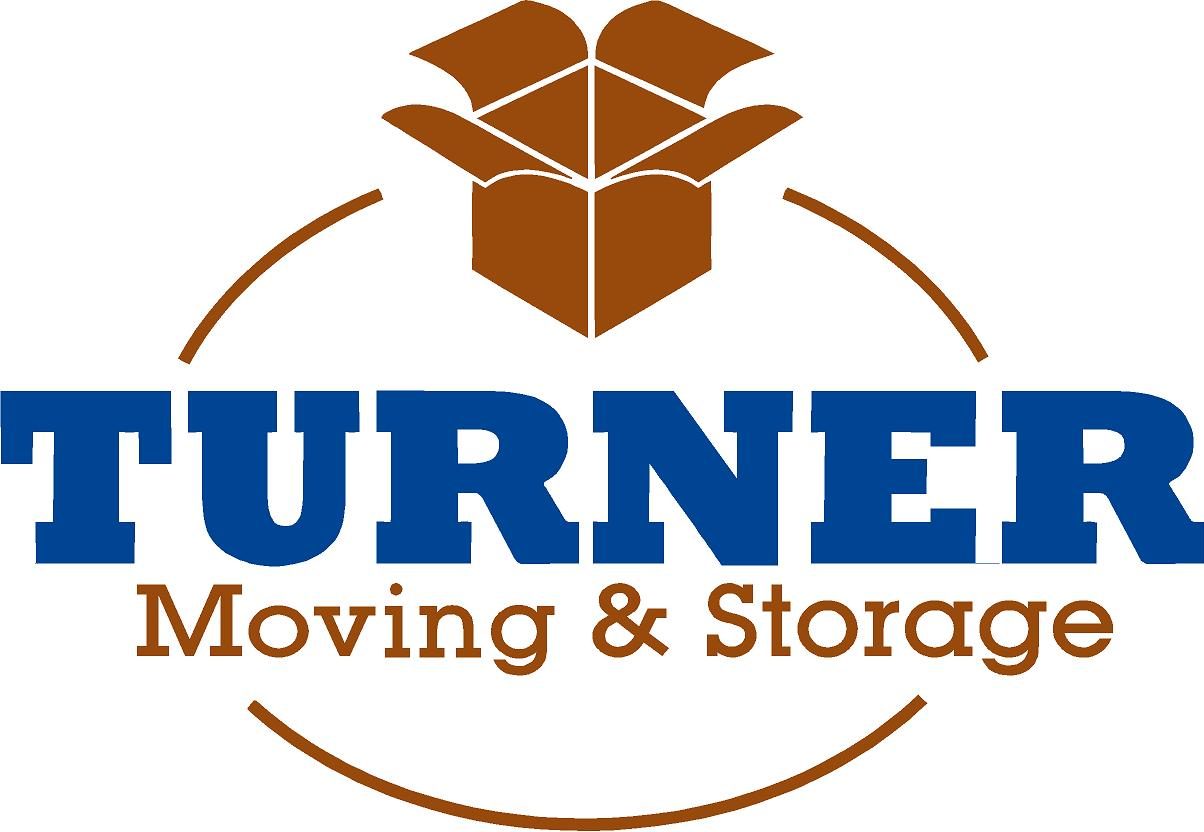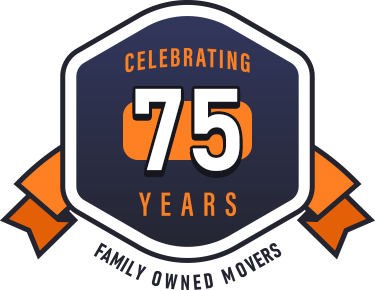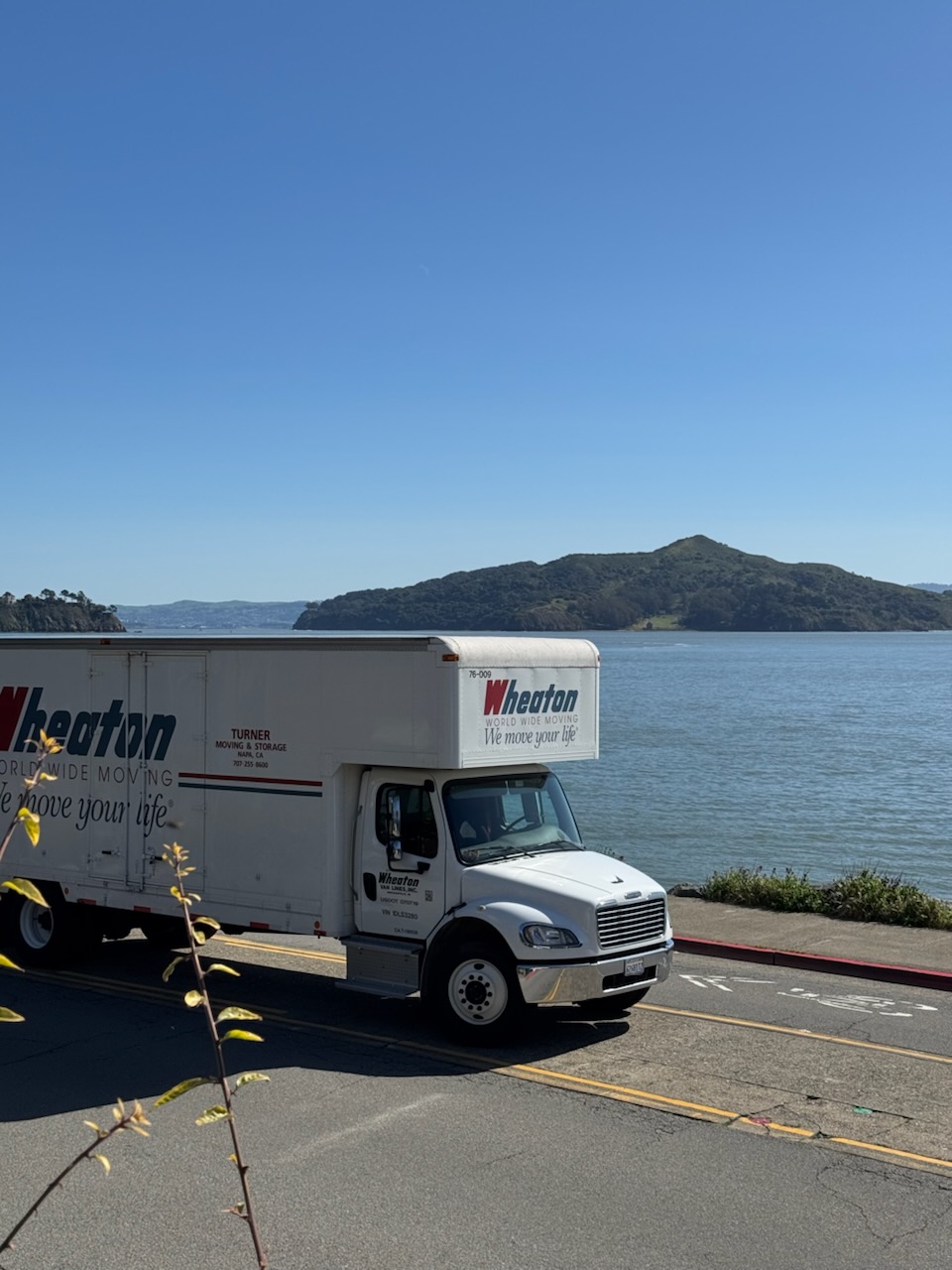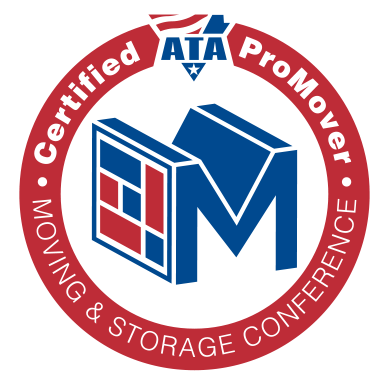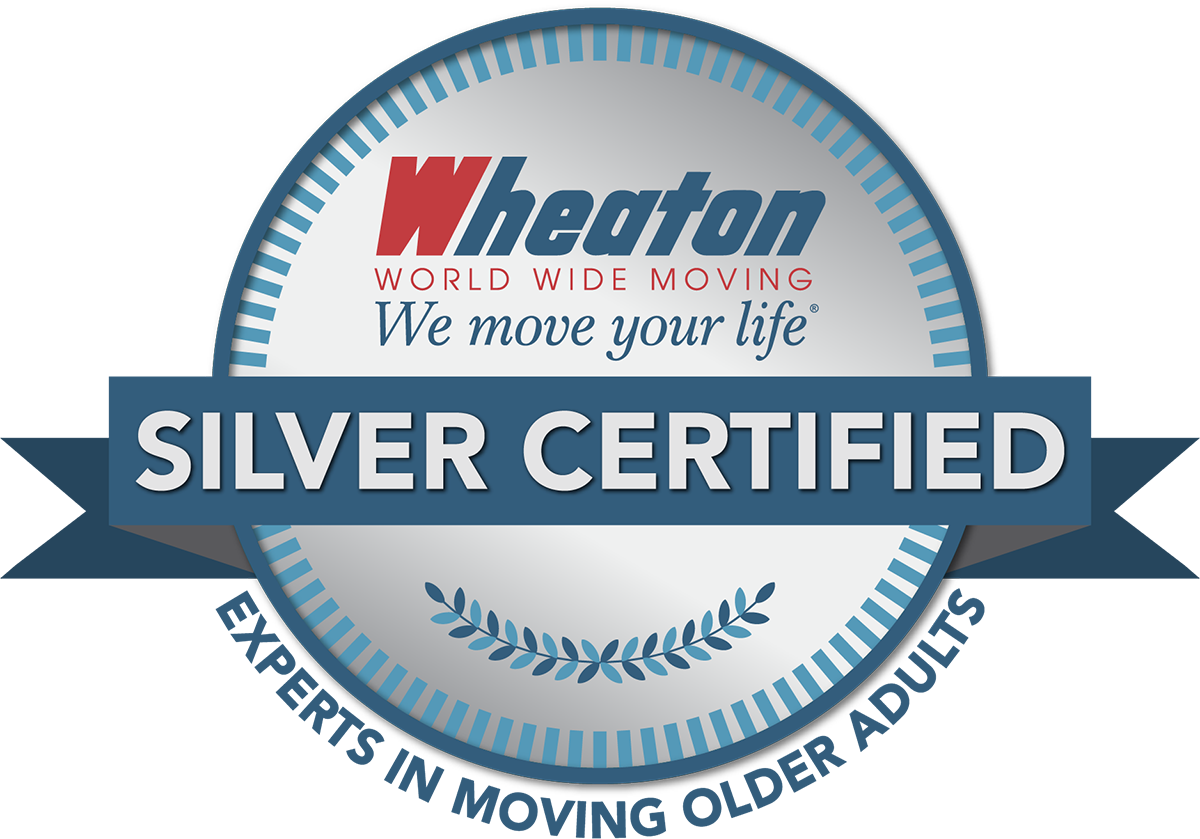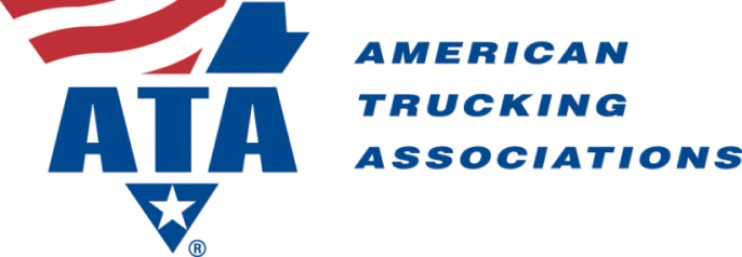How To Choose Movers in Solano County, CA
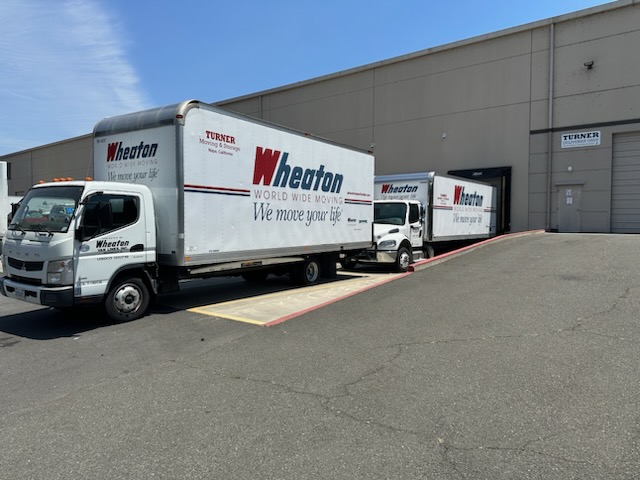
Moving can feel overwhelming without the right people to help. Whether you’re relocating within Solano County or moving out of state, picking the best mover makes all the difference. Some companies handle everything—packing, loading, and unloading—while others expect you to pack yourself. Understanding what you need makes the selection process easier.
Think about the size of your move. A few furniture pieces? A whole house? Moving valuable antiques or a piano? If you need storage before, during, or after the transition, that also narrows down your options. Not all movers offer the same level of service.
With so many factors to consider when moving, having professionals take some of the responsibility off your plate seems like the best decision. However, the moving company you choose can make a huge difference in your relocation experience. Consider this your guide to finding a quality mover to make your next move your best move.
Understanding Different Types of Moving Services in Solano County, CA
Not all moving services are the same. “Full-service movers will do everything associated with your move, including furniture disassembly, truck loading and unloading, transporting your belongings, furniture reassembly, and placing your items where you want them in your new home,” explains Moving.com. While some movers handle everything from packing to unloading, others offer more limited assistance. The right choice depends on the level of help needed, the type of items being moved, and the distance of the relocation.
Full-Service, Self-Service, and Specialized Moving Services
- Full-Service Moving: These movers take care of everything. Packing, loading, transportation, unloading, and unpacking all fall under their responsibilities. Many also provide packing materials, furniture disassembly, and even storage options.
- Self-Service Moving: A budget-friendly alternative for those willing to handle part of the process. The movers provide transportation, but packing, loading, and unloading are up to the customer.
- Specialized Moving Services: Some belongings require extra care. Whether it’s antiques, pianos, fine art, or large machinery, specialized movers have the expertise and equipment to handle fragile or oversized items safely.
Local, Long-Distance, and International Moving Options
- Local Moves: Typically under 50 miles, these moves are often charged by the hour rather than by shipment weight. Local movers know the area well and can navigate traffic and access issues efficiently.
- Long-Distance Moves: Anything beyond 50 miles usually qualifies as a long-distance move. These require more planning, larger trucks, and careful logistical coordination.
- International Moves: Moving across borders involves more than just transportation. Customs regulations, container shipping, and specialized packing are all part of the process. Movers with international experience handle the paperwork and logistics required for seamless relocation.
Moving Services for Heavy and Special Care Items
Some items need extra attention due to size, weight, or fragility. Not all moving companies have the proper training or equipment to handle them.
- Pianos and Large Furniture: These require special equipment like dollies, straps, and protective padding. Professional movers know how to maneuver heavy pieces through tight spaces.
- Antiques and Artwork: Delicate items need climate-controlled transport and custom crating to prevent damage.
- Appliances and Electronics: Moving refrigerators, washing machines, and entertainment systems means properly securing cables, doors, and fragile components.
Understanding these moving service options makes it easier to choose a company that aligns with specific needs. Whether handling everything or just transportation, selecting the right type of mover ensures a smoother experience.
Researching Mover Qualifications and Reputation
Check for Proper Licensing and Certifications
Moving companies must follow legal requirements to operate, and verifying their credentials prevents unexpected complications. “Companies that operate commercial vehicles transporting passengers or hauling cargo in interstate commerce must be registered with the FMCSA and must have a USDOT Number,” states the Federal Motor Carrier Safety Administration (FMCSA). This number confirms the company’s registration and compliance with federal regulations.
- Visit the FMCSA website and use their search tool to check a mover’s USDOT number.
- For moves within California, verify a moving company’s license with the California Bureau of Household Goods and Services (BHGS).
- Look for industry certifications like those from the American Moving & Storage Association (AMSA) or the Better Business Bureau (BBB), which indicate adherence to professional standards.
Analyze Customer Reviews and Service History
Customer experiences provide insights into a moving company’s reliability. Reviews highlight common patterns in service quality, pricing transparency, and professionalism. Instead of relying on overall ratings alone, dig deeper into individual customer feedback.
- Use established platforms like Google Reviews, Yelp, BBB, and FMCSA’s complaint database to read firsthand customer experiences.
- Pay attention to repeated issues like late deliveries, damaged items, or unexpected fees—these indicate potential problems.
- Check for responses from the company. A mover that engages with complaints demonstrates a commitment to customer service.
Move.org adds, “Find customer reviews on third-party sites like Yelp and Google Reviews instead of just reading the customer reviews that companies share on their websites; those are always cherry-picked and don’t fully reflect actual customer experiences.”
Verify the Mover’s Track Record
A company’s reputation builds over time, and a longer track record often means a more reliable operation. New companies can provide excellent service, but established movers with consistent records offer more certainty.
- Confirm how long the company has been in business using tools like state business registries or BBB listings.
- Ask if they have handled moves similar to yours, especially if you have specialty items like antiques or large furniture.
- Request referrals from past customers—reputable companies will provide references without hesitation.
Cross-Check with Consumer Protection Agencies
Government agencies and watchdog organizations track moving companies and flag those with frequent issues. Before committing, check if the company has unresolved complaints or legal disputes.
- The FMCSA’s National Consumer Complaint Database lists complaints against movers operating across state lines.
- California residents can review moving company complaints through the BHGS consumer protection division.
- Local consumer protection offices or attorney general websites may provide additional insights into a mover’s legal record.
Looking at Mover Experience with Similar Moves in Solano County, CA
Not every moving company handles all types of moves efficiently. Some specialize in local relocations, while others focus on long-distance or commercial moves. Checking a mover’s experience with moves similar to yours will help avoid potential issues.
Review Their Track Record
- Ask how many moves they’ve completed that match your situation. A mover familiar with your type of move is less likely to run into unexpected challenges.
- Look for case studies or customer testimonials that highlight successful moves similar to yours.
- Check if they have handled moves from locations similar to yours, whether it’s an apartment complex, office building, or rural property.
Ask About Common Challenges
Experienced movers anticipate and overcome common obstacles. Ask them:
- How do they handle moves involving narrow hallways, tight staircases, or elevator restrictions?
- Do they have experience moving large or fragile items specific to your needs?
- What strategies do they use for multi-story homes, high-rise apartments, or businesses with specialized equipment?
Check Their Industry Tenure
Years in business can indicate a mover’s ability to handle various moving scenarios. However, longevity alone isn’t enough—look for consistent customer feedback that confirms their reliability.
Assess Their Reputation in Your Area
A mover with frequent jobs in your region understands local regulations, traffic patterns, and logistical challenges. If you’re in Solano County, ask if they have handled moves within the area recently. Their familiarity with local roads and regulations can prevent delays.
Assessing the Company’s Equipment and Workforce
Reliable Equipment Makes a Difference
A well-equipped moving company ensures efficiency and safety. Modern trucks with air-ride suspension protect fragile items from excessive jolts, while GPS tracking allows real-time updates on your shipment. Dollies, furniture pads, and hoisting straps make the loading and unloading process smoother, reducing the risk of damage.
Ask about the company’s fleet. Well-maintained vehicles minimize breakdowns during transit, preventing unnecessary delays. A professional mover should also have backup trucks available in case of mechanical issues.
Skilled Workers Handle Moves More Efficiently
A moving crew’s training and experience directly impact the quality of service. Movers should know proper lifting techniques, how to disassemble and reassemble furniture, and the best ways to secure items inside a truck. Without these skills, risks of property damage and worker injury increase.
- Check if movers receive formal training. Some companies run in-house training programs to standardize skills.
- Ask about background checks. Trustworthy moving companies vet employees before hiring them.
- Look at employee retention. A company with long-term staff members likely treats workers well and maintains service consistency.
Independent Movers vs. Brokers
Not all companies operate the same way. Some movers handle every part of the process directly, while others act as brokers, outsourcing the job to third-party contractors.
- Independent moving companies own their trucks and equipment and employ their workers. This setup ensures accountability and consistent service quality.
- Moving brokers coordinate the move but do not handle the transportation themselves. They pass jobs to subcontractors, which can lead to inconsistencies in service and unexpected fees.
“Carriers often provide better reliability and accountability, as you’re dealing directly with the company responsible for your move,” notes This Old House.
Evaluating a Mover’s Insurance and Valuation Coverage in Solano County, CA
Accidents happen, and not all moving companies offer the same level of protection. Understanding mover insurance and liability coverage ensures your belongings stay protected throughout the move. Moving companies provide different levels of coverage, and knowing your options helps in making an informed decision.
Types of Moving Insurance Options
“Under Federal law, interstate movers must offer two different liability options referred to as valuation coverage: Full Value Protection and Released Value,” states the Federal Motor Carrier Safety Administration (FMCSA). Some third-party insurance providers also offer additional coverage if needed.
- Released Value Protection: This option comes at no additional cost, but coverage is minimal. The mover assumes liability for only $0.60 per pound per item. If a 10-pound lamp breaks, reimbursement would be just $6, regardless of its actual value.
- Full Value Protection: This coverage holds the mover responsible for either repairing, replacing, or offering a cash settlement for lost or damaged items. It costs extra, but the moving company must compensate you for the item’s current market value.
- Third-Party Coverage: If neither option offers enough peace of mind, consider purchasing separate moving insurance from an independent provider. This can cover high-value items that might not be fully protected under a standard policy.
Understanding Valuation Coverage
Valuation coverage determines the mover’s level of financial responsibility in case of loss or damage. It’s not the same as traditional insurance, but it still plays a key role in reimbursement decisions.
- Declared Value: This is based on the total weight of your shipment. You declare a value per pound, and that number sets the maximum liability the mover accepts.
- Lump Sum Value: Instead of weight-based coverage, you specify the total worth of your belongings. This may work better for households with lighter but high-value items.
Choosing the Right Coverage
Not all moves require the same level of protection. Consider these key factors when making your decision:
- High-Value Belongings: Expensive electronics, artwork, or antiques might need Full Value Protection or third-party insurance.
- Overall Budget: Released Value Protection may work for cost-conscious movers willing to accept minimal compensation for damages.
- Distance of the Move: Long-distance moves increase the chances of loss or damage, making comprehensive coverage a smarter choice.
Asking for a written explanation of the available coverage and any exclusions prevents misunderstandings. Some policies exclude damages caused by improper packing when done by the customer instead of the mover.
Understanding the Moving Contract and Policies
A moving contract outlines the terms of service between you and the moving company. Reviewing it carefully helps avoid misunderstandings and unexpected charges. Contracts vary, but most include key sections that define cost, responsibilities, and policies.
Key Elements of a Moving Contract
- Estimate Type: The contract specifies whether the estimate is binding or non-binding. A binding estimate locks in the total cost, while a non-binding estimate may change based on the final weight of your belongings.
- Service Details: It lists all included services, such as packing, loading, transportation, unloading, and additional offerings like storage or specialty handling.
- Pickup and Delivery Dates: The agreement should include a window for pickup and delivery. Some movers guarantee dates, while others provide a timeframe based on logistics.
- Payment Terms: Contracts clarify when and how payments are made. Some require deposits, while others operate on full payment upon delivery.
- Inventory Sheet: This document lists all items being moved. Movers use it to verify delivery and condition.
Cancellation Policy, Delivery Times, and Claims Process
- Cancellation Policy: Policies vary by company. Some offer full refunds if canceled within a certain period, while others may keep a portion of the deposit.
- Delivery Timeframe: Most movers provide a delivery window instead of a fixed date. Delays happen due to factors like weather, distance, or scheduling conflicts.
- Claims Process: If items arrive damaged or missing, the contract should outline steps for filing a claim. Movers usually require claims to be submitted within a set timeframe, often 30 to 90 days.
Reading the contract thoroughly ensures you understand the responsibilities on both sides. Asking questions about unclear terms will clarify expectations before moving day.
Inquiring About Additional Services and Costs
Not all moving companies provide the same services, and costs can vary based on what’s included. Asking the right questions about additional services and potential fees will help avoid surprises on your final bill.
Packing and Unpacking Services
- “In addition to loading and unloading the truck, most professional moving companies also offer packing and unpacking services. So be sure to inquire about the pricing of these services as well,” notes Moving.com. Some movers offer full packing, partial packing, or fragile-item packing. Clarify what each option includes and whether packing materials are part of the price.
- Unpacking services can save time, but they often come at an extra cost. Ask if the company will also dispose of packing materials.
- If you prefer to pack yourself, ask if there’s an option to purchase packing supplies directly from the company.
Temporary Storage Solutions
- Storage-in-transit (SIT) is useful if your new home isn’t ready on moving day. Check how long items can stay in storage and what the daily or monthly rates are.
- Long-term storage may be available if you need extended time before receiving your belongings.
- Climate-controlled storage is an option if you’re storing temperature-sensitive items. Ask about the conditions and costs.
Specialized Handling for Unique Items
- Large or bulky items like pianos, pool tables, and safes may require special handling. Confirm whether the company has experience moving such items and if they charge extra.
- Artwork, antiques, and high-value collectibles may need custom crating or additional insurance. Ask what measures are in place to protect these belongings.
- Vehicles, motorcycles, and boats might require specialized transport. Check if the company offers this service or if they partner with a vehicle transportation provider.
Hidden Costs and Extra Fees
- Stairs, elevators, and “[any obstruction] in your home that causes inconveniences to the movers, slows down the process, or requires more hands will increase the overall price,” informs Angi.com. If your residence has any of these obstacles, ask what they will cost.
- Some movers charge extra for handling bulky or extra-heavy items. Get a list of anything that might raise your price.
- If you need to change your moving date, ask about rescheduling fees. Last-minute adjustments can result in higher costs.
Every moving company structures their services differently, so a thorough conversation about add-ons and potential fees ensures transparency in pricing. Getting a detailed breakdown in writing will help keep your moving budget on track.
Comparing Moving Company Estimates and Quotes in Solano County, CA
Requesting and Understanding Estimates
“Start the search for a moving company as soon as possible—preferably two months before your move—to get the best price,” recommends this New York Times article. Having time to gather multiple quotes from different moving companies allows for a well-rounded comparison of services and pricing. However, estimates can be misleading without a thorough review. Here’s how to approach it:
- Ask for at least three quotes to compare costs and included services.
- Request an in-home or virtual survey for the most accurate estimate rather than relying on a phone or online quote.
- Review the breakdown of costs—labor, transportation, packing materials, and any extra fees should be clearly outlined.
- Look for potential hidden fees, such as charges for stairs, long carries, or extra-heavy items.
Binding vs. Non-Binding Estimates
Not all estimates guarantee the final price. Understanding the difference will prevent last-minute surprises.
- Binding Estimate: The moving company commits to a set price based on the services listed. If additional services are needed, costs may adjust, but the original quote remains unchanged unless the customer requests something new.
- Non-Binding Estimate: The initial quote serves as an approximation. The final bill may be higher if the move takes more time or the weight exceeds the initial calculation.
- Binding Not-To-Exceed Estimate: If the final move costs less than estimated, you pay the lower amount. If it costs more, the price remains at the estimate.
Value vs. Price: Looking Beyond the Bottom Line
A low price doesn’t always mean the best deal. The cheapest option might exclude necessary services or lack reliability. Weigh additional factors:
- Service scope: Some movers offer packing, storage, or furniture assembly—services that add convenience.
- Reputation: A well-reviewed company with slightly higher rates may deliver a smoother experience than a lower-cost option with poor customer feedback.
- Insurance coverage: Basic liability protection is included, but movers may offer comprehensive coverage for high-value items.
- Experience: Companies with years of handling similar moves may prevent accidents or damaged belongings better than an inexperienced team.
Identifying Red Flags and Avoiding Moving Scams
Not every moving company operates with integrity. Some take advantage of customers with hidden fees, missing deliveries, or even outright fraud. Spotting red flags early prevents stress and financial losses.
Common Red Flags to Watch For
- No Physical Address: A legitimate mover will have an office location. If a company only provides a P.O. box or lacks a listed address, consider it a warning sign.
- Unusually Low Estimates: “Be suspicious if an estimate is unusually low or if the moving company provides an estimate over the phone or online without sending a representative to scope out the job,” advises Consumer Reports. A quote far lower than competitors often indicates bait-and-switch tactics. The company might demand more money after loading your belongings.
- Large Deposits Required: Reputable movers don’t ask for significant upfront payments. A standard deposit should range between 10-20% of the estimated cost.
- Lack of a Written Contract: Verbal agreements leave no protection. Professional movers provide detailed contracts outlining services, costs, and timelines.
- No USDOT Number: Interstate movers must be registered with the U.S. Department of Transportation. A missing or unverifiable USDOT number suggests an unlicensed operation.
- Generic or Suspicious Company Name: Scammers often change business names frequently to avoid bad reviews. If customer service avoids stating the company name clearly, investigate further.
- No Insurance or Licensing Information: Reliable moving companies provide proof of insurance and licensing. If they hesitate or refuse, look elsewhere.
- Poor or No Online Presence: A lack of reviews, a minimal website, or an absence of business listings on platforms like the Better Business Bureau (BBB) raises concerns.
How to Verify a Moving Company’s Trustworthiness
- Check USDOT and MC Numbers: Use the FMCSA website to confirm the company’s registration.
- Read Customer Reviews: Look at Google Reviews, Yelp, and BBB ratings. A pattern of problems like damaged items or unexpected fees signals potential issues.
- Request a Physical Estimate: Reputable movers inspect the items in person or conduct a virtual survey before giving a final estimate.
- Verify Business Credentials: Search for the company on BBB, the American Moving & Storage Association (AMSA), and local consumer protection agencies.
- Ask for References: A trustworthy mover provides references from past customers upon request.
- Confirm Payment Terms: Reliable movers accept multiple forms of payment. Be wary if a company insists on cash-only transactions.
- Review the Contract in Detail: Read every part of the contract, including fine print, service details, and cancellation policies. Never sign a blank or incomplete contract.
Recognizing these red flags and taking verification steps ensures a smooth, scam-free moving experience.
